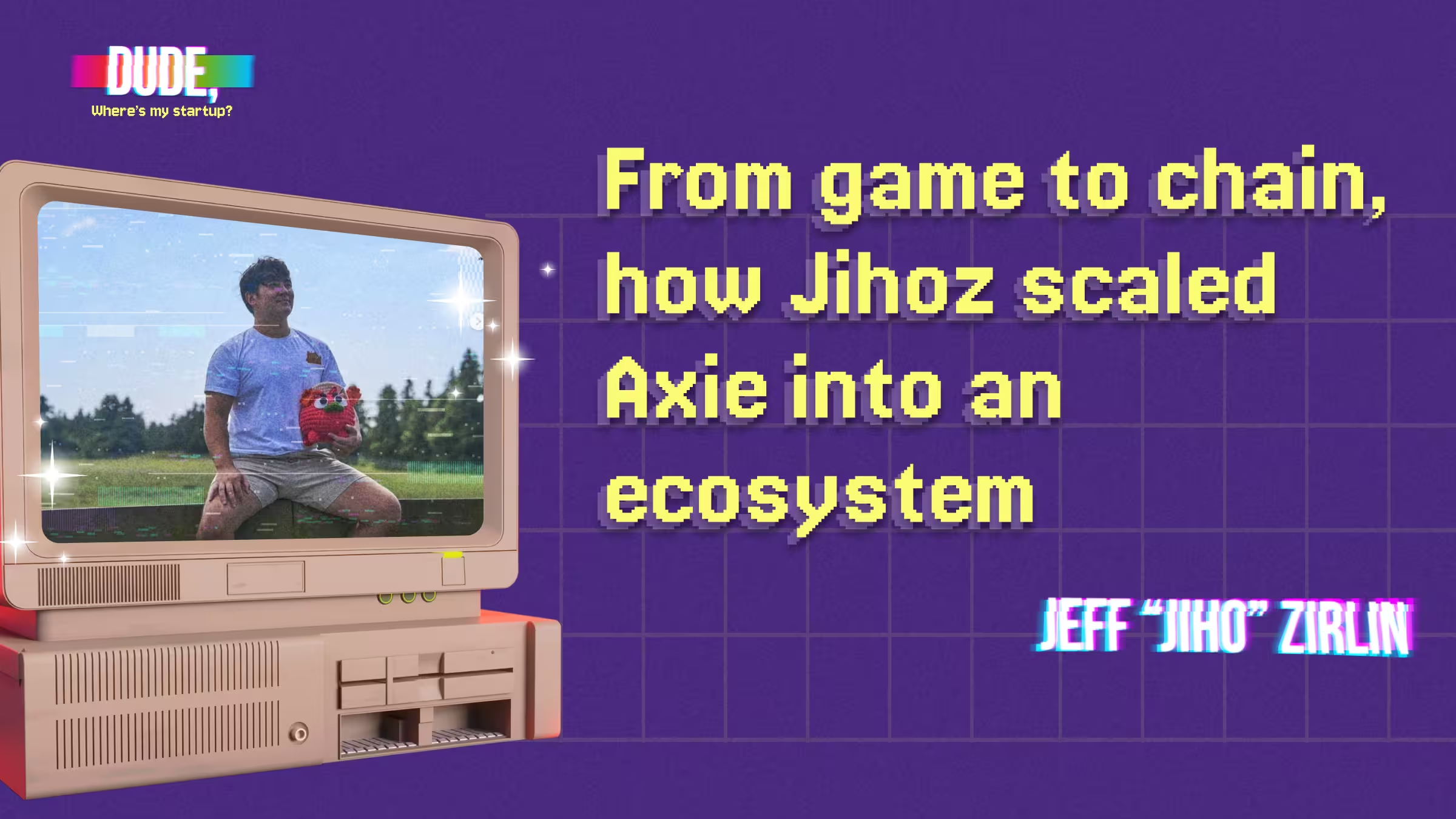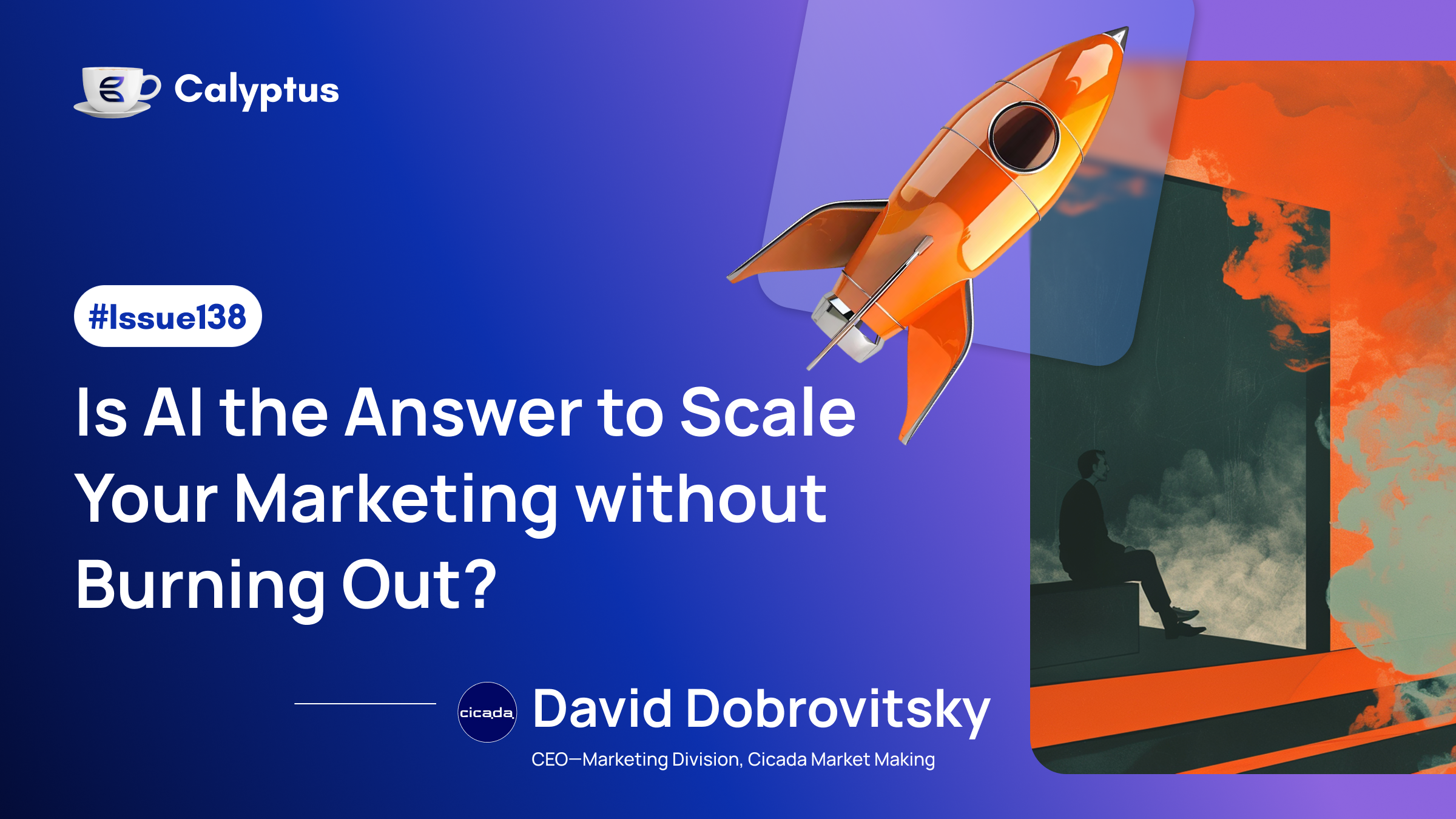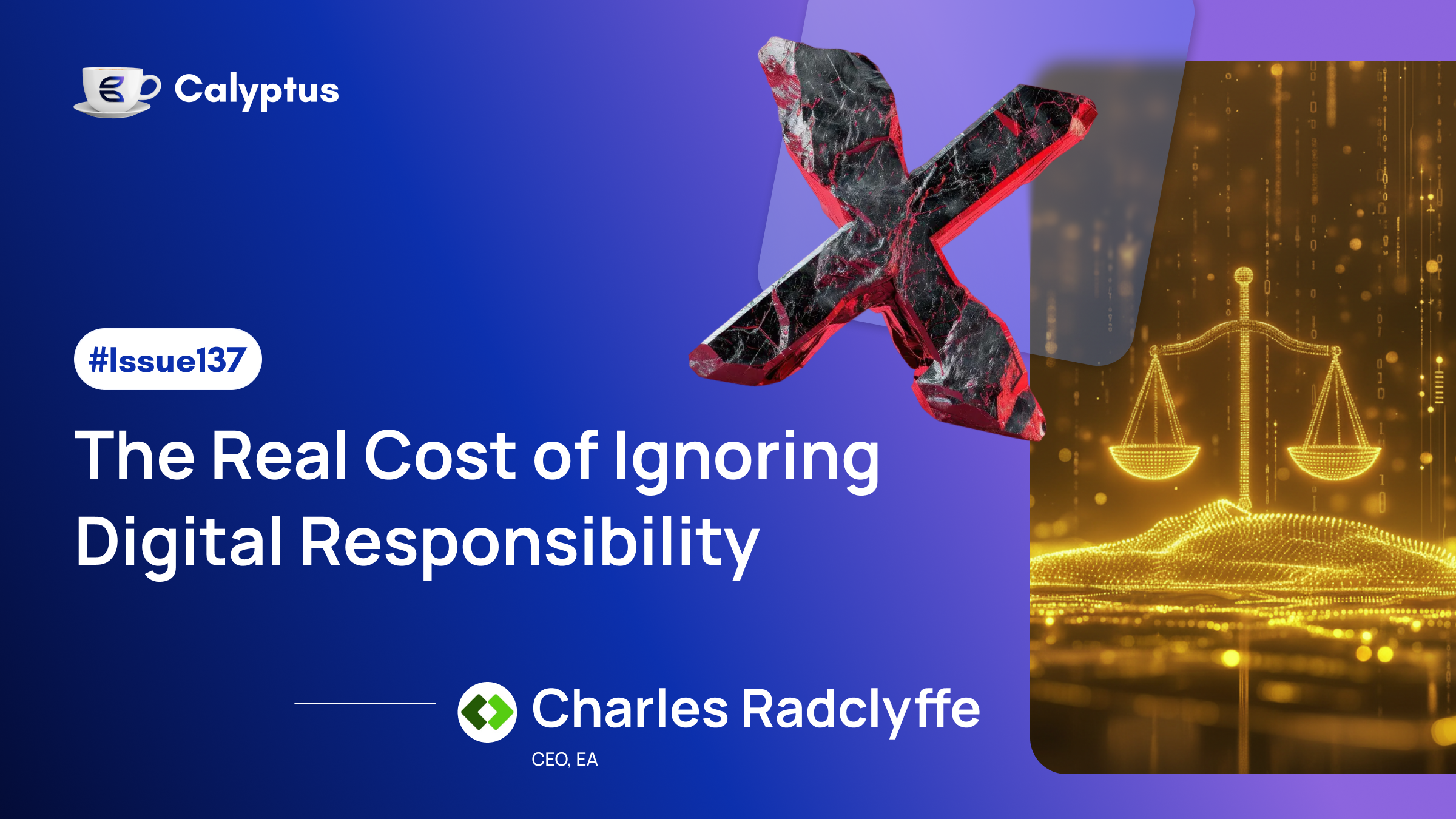Jeffrey Zirlin, better known as Jihoz, didn’t find his way into crypto through finance. He arrived as a gamer and collector. His dad collected fossils and insects. He collected Pokémon cards. That instinct for play and ownership ended up defining his career.
Stumbling into crypto through CryptoKitties in 2017. It was a strange fit, digital cats and smart contracts, but it sparked something. As a gamer who understood evolution, he saw potential where others saw novelty. If CryptoKitties was a lungfish, what came next might just walk.
That next step was Axie Infinity.
He joined as an early community member, before the term "co-founder" meant much. The idea was simple: create a game that combined creature collecting with real ownership. Pokémon meets crypto. It worked. At its peak, Axie had over three million users and four billion dollars in transaction volume. It put NFTs on the map, introduced millions to crypto, and kickstarted a movement.
But building Axie in 2018 wasn’t smooth. Ethereum’s gas fees were brutal. The tools didn’t exist. So the team built their own infrastructure: Ronin, a chain designed specifically to make Axie work. That one decision changed everything. Axie scaled, and Ronin matured into its own gaming chain with 18 million wallet downloads and multiple games now thriving on top.
Ronin wasn’t just a chain. It was a bet that distribution matters. Axie had users, and Ronin gave those users a platform. From there came network effects. New games like Pixels and Fishing Frenzy found real traction. Developers didn’t need to bootstrap users from zero, they could plug into something with history.
The journey hasn’t been easy. In 2022, Ronin suffered one of the largest exploits in crypto history. But the team made users whole, rebuilt, and kept going. Zirlin doesn’t dwell on the hack. He treats it as a test of resilience.The kind that every major crypto community eventually faces. Solana had FTX. Ethereum had The DAO. Ronin had this.
What’s emerged since is a more open and experimental Ronin. The chain has moved from closed curation to an open model. The team is focused not just on games, but on building long-term economies and distribution models. There are questions still: how to balance fun and financialisation, how to design sustainable tokenomics, how to onboard users without overwhelming them. But those are the right questions.
Zirlin has also changed. He admits he used to be more argumentative, more reactive. Leadership, for him, has meant learning to listen and build trust, in the community, in the team, and in the product.
The vision ahead to him is simple: Ronin should become home to the most innovative player-driven economies in Web3. The chain is already powering massive games. The next step is to add reputation, coordination, and social infrastructure. If it works, Ronin becomes more than a chain. It becomes a network with memory.
Zirlin’s advice to his younger self? Savour the moment. Crypto is chaos. You may as well enjoy building in it.




